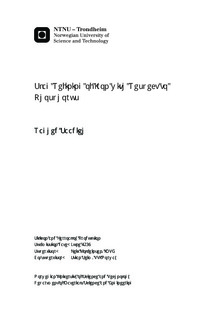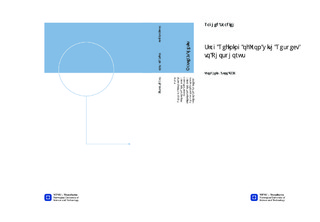| dc.description.abstract | TiZir Titanium and Iron produces high purity pig iron and titania slag from ilmenite. However, new ilmenite ores from Grande Côte Mineral Sands Project mine contain high level of phosphorus, which will contaminate the final iron product produced at the smelter in the future. As a result, a solution to remove the phosphorus from iron was needed. This work focused on studying the dephosphorization process using slags by compiling the existing information available in the literature and finding the best system for the Tyssedal process.For this purpose, an experimental protocol was developed which consisted of smelting pure iron-phosphorus alloy and carrying out refining experiments on it using binary Fe2O3-CaO and ternary slags Fe2O3-CaO-SiO2 slags. The best performing slag was chosen and another set of experiments was carried out on iron smelted at TiZir, Tyssedal. In these experiments, the effects of refining temperature and time were also investigated. However, when the same slag was tested on the iron from TiZir, results were very different since the metal and slag were strongly mixed. Analysis on the iron, as well as XRD and EPMA on the slag were carried.Dephosphorization was successful on the pure Fe-P alloy and up to 99% of the phosphorus was removed using a (50wt% FeO, 45wt% CaO, 5wt% SiO2) slag. On the other hand, accurate conclusions concerning dephosphorization on the iron from TiZir were not made due to the strong mixing between the slag and metal, which lead to limitations in the analysis. The main explanation behind this observation is the different amount of impurities in the two types of iron, especially carbon and silicon. Hence, more work is need to study the effect of these impurities on the dephosphorization process as well as refining temperature and time. | nb_NO |

